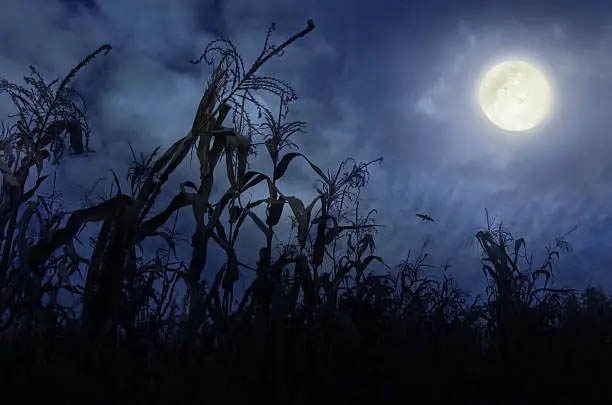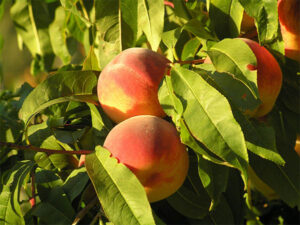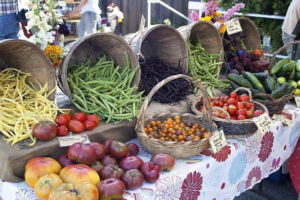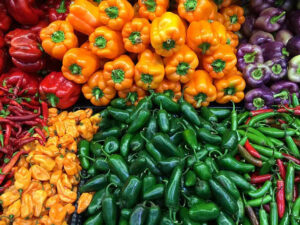Gardening by the moon’s sign is an ancient practice that links the phases of the moon and astrological signs to plant growth. This method, which can be traced back to various indigenous and ancient agricultural societies, posits that the moon’s gravitational pull affects moisture in the soil, just as it affects the tides. By synchronizing planting, pruning, and harvesting with the moon’s phases and its passage through the zodiac signs, gardeners aim to optimize plant growth and yield.
The Lunar Cycle and Planting
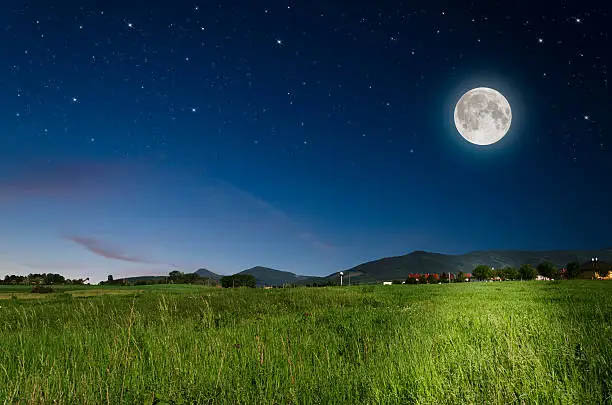
The practice of aligning planting activities with the lunar cycle is rooted in the belief that the moon’s gravitational pull, which influences the rise and fall of tides, also affects moisture in the soil, thereby influencing seed germination and plant growth. Each phase of the lunar cycle is thought to have specific effects on different types of plants and gardening activities. The lunar cycle is divided into four phases: new moon, first quarter, full moon, and last quarter. Each phase is believed to have a different effect on plant growth. Here’s a more detailed look at how each lunar phase might affect planting:
- New Moon to First Quarter (Waxing Moon): This phase is characterized by an increase in moisture in the soil as the moon’s gravitational pull grows stronger, making it ideal for germinating seeds. The waxing moonlight is considered to energize seedlings, promoting strong leaf growth. It is an optimal time to plant annuals that produce their fruits above ground, such as most vegetables and flowers. It is considered the best time to plant above-ground crops like lettuce, spinach, and broccoli.
- First Quarter to Full Moon (Second Phase of Waxing Moon): During this phase, the moon’s light becomes brighter and more intense, which is believed to be beneficial for leaf growth. This period is particularly favorable for planting crops that benefit from strong leaf development before producing fruit, such as lettuce, spinach, and other leafy greens. Additionally, as the gravitational pull remains strong, it continues to draw moisture up in the soil, supporting root development.
- Full Moon to Last Quarter (Waning Moon): As the moon wanes, the light decreases, which is said to shift the energy allocation from leaf growth to root development. This phase is deemed best for planting root crops, such as carrots, radishes, turnips, and onions. The reduced moonlight is supposed to encourage root expansion while discouraging leafy top growth.
- Last Quarter to New Moon (Second Phase of Waning Moon): In this final phase, both the moonlight and gravitational pull are decreasing, leading to a drop in soil moisture. It is generally considered a period of rest for the garden, where little planting is done. Instead, this time is best used for pruning, harvesting, or dealing with pests and weeds, as the declining moonlight minimizes growth and regeneration. This phase is also seen as ideal for planting perennials and biennials, which benefit from slower initial growth while establishing their root systems.
By understanding these subtle nuances of the lunar phases, gardeners can plan their planting schedules to potentially enhance the vitality and yield of their gardens. While scientific backing for moon phase gardening is mixed, many practitioners swear by the results and find that this method brings them closer to the natural rhythms of their environment, adding an element of ancient wisdom to modern gardening practices.
Gardening by the Zodiac

Gardening by the zodiac incorporates astrological signs into planting and cultivation practices, enhancing traditional gardening methods by aligning them with celestial influences. Each zodiac sign is associated with different elements and characteristics, which are believed to affect plant growth in various ways. Understanding these associations can help gardeners decide when to plant, prune, fertilize, and harvest.
- Water Signs (Cancer, Scorpio, Pisces): These signs are traditionally associated with fertility and growth. When the moon is in a water sign, it is believed to be the best time for planting and irrigation as these signs enhance seed germination and moisture absorption. For example, planting during a Pisces moon can encourage root growth due to Pisces’ deep, sensitive nature.
- Earth Signs (Taurus, Virgo, Capricorn): Earth signs are stable and grounded, making them favorable for planting root crops and transplanting. These signs help in establishing strong roots and enhancing nutrient uptake. Taurus, in particular, is considered highly fruitful and ideal for all planting and potting.
- Air Signs (Gemini, Libra, Aquarius): While generally considered barren in traditional planting lore, air signs are suitable for cultivating flowers and herbs. These signs encourage the growth of aromatic and medicinal plants. Additionally, they are good for pollination and cultivating more delicate plant varieties.
- Fire Signs (Aries, Leo, Sagittarius): Often regarded as barren and dry, fire signs are less favorable for planting but are ideal for weeding and pest control. Engaging in these activities during a fire sign can help inhibit growth of weeds and pests without chemicals. Additionally, fire signs are good for harvesting crops, as they are believed to contribute to a quicker drying process, which is beneficial for grains and beans.
By planning garden activities according to the moon’s passage through these zodiac signs, gardeners can potentially enhance the effectiveness of their efforts. For instance, initiating a new garden plot under a fertile Cancer moon can imbue the soil and plants with robust growth energy, while pruning under a Leo moon can minimize growth if that’s the desired outcome.
Practical Implementation of Zodiac Gardening

To integrate zodiac gardening into regular practice, gardeners should:
- Consult an Astrological Calendar: This will show the moon’s daily sign and help plan activities according to the most beneficial signs.
- Observe Results: Keep a gardening journal to note how plants respond to being cultivated under different signs. Over time, this record will help refine practices to suit specific garden conditions and plant types.
- Combine with Lunar Phases: For optimal results, combine zodiac signs with lunar phases. For example, planting above-ground crops during a waxing moon in a water sign can maximize growth potential.
While gardening by the zodiac may add an intricate layer to gardening practices, it deepens the connection between celestial movements and terrestrial life, enriching the gardening experience with a blend of ancient wisdom and personal observation. Whether or not one believes in astrology’s scientific basis, many find that this practice encourages a more mindful, observant approach to the natural world.
Moon Phases and Egg Incubation

In addition to its applications in gardening, the practice of aligning activities with the moon’s phases extends to other areas of agricultural and domestic life, such as setting eggs. Many poultry farmers and backyard chicken keepers believe that eggs set for incubation during specific phases of the moon, particularly during the fertile and semi-fertile zodiac signs, yield better hatching rates. The theory holds that just as the moon influences the growth of plants and tides, it also affects the development of embryos within the eggs. Traditionally, eggs set during the waxing moon, as it moves towards fullness, are said to have a higher probability of success, with the increasing moonlight and gravitational pull encouraging stronger development. Observant practitioners mark their calendars to ensure eggs are incubated during these auspicious times, combining age-old wisdom with modern poultry management to optimize their hatching results.

While gardening by the moon’s sign may seem esoteric to some, many gardeners who follow this practice report improved plant growth and yields. Whether or not one subscribes to its more mystical elements, this method encourages mindfulness and closer observation of natural rhythms, which can lead to a more harmonious and productive garden. Whether for tradition, experiment, or simply the pleasure of aligning with a broader rhythm of nature, moon sign gardening offers an enriching dimension to the cultivation of plants.

